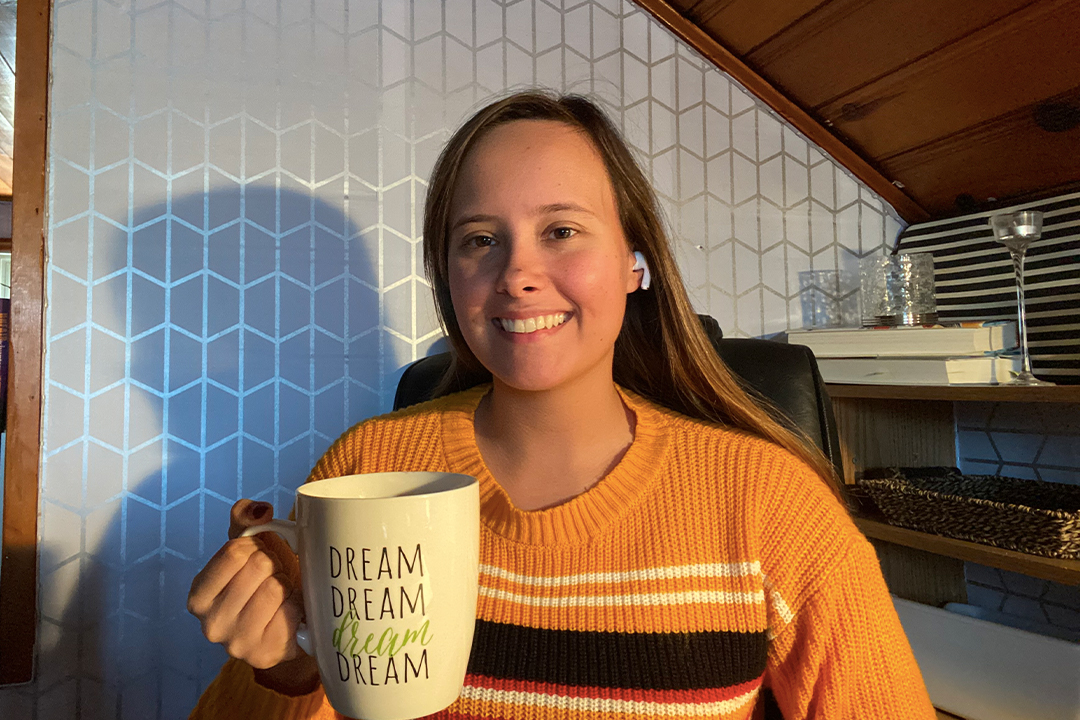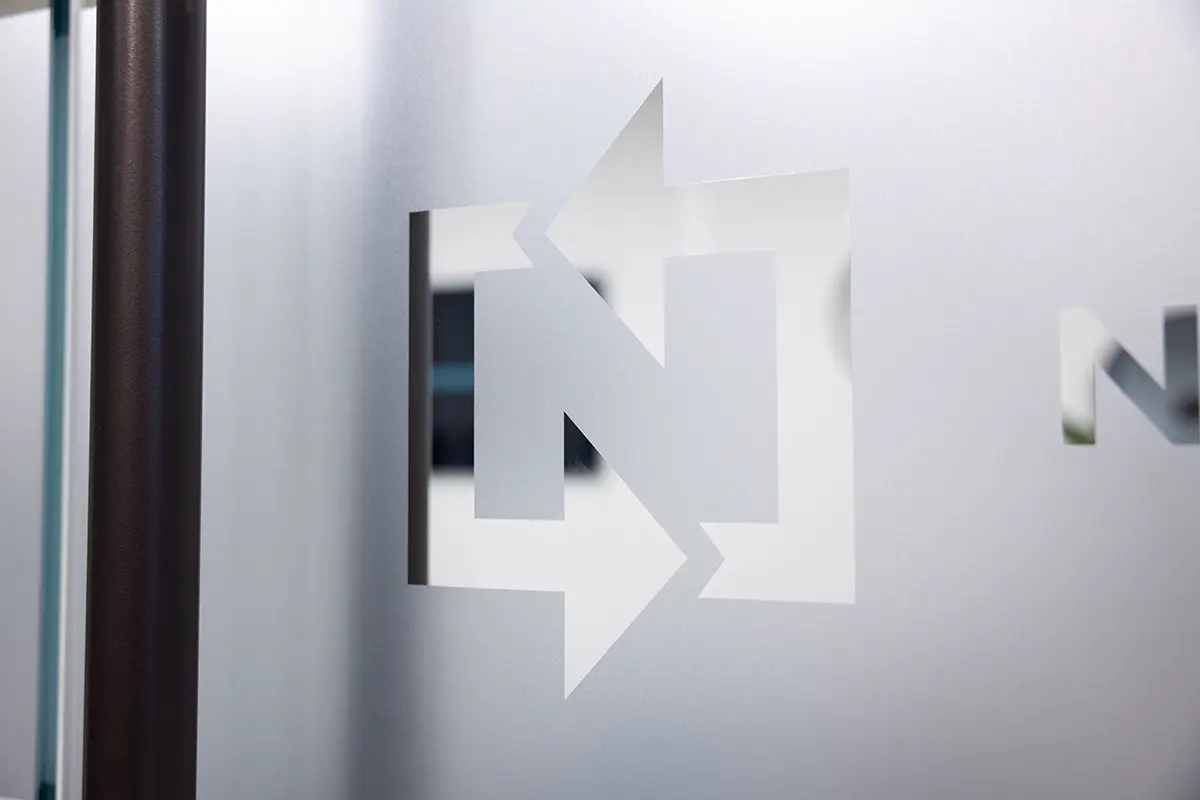Keep Your Website’s Page Experience Up to Date with Google’s Ranking Algorithm
While content, conversion rate, and site usability audits will continue to be key to your website’s health, core web vitals monitoring with routine technical SEO audits are more important now than ever. Google has already mentioned that the loading, interactivity, and visual stability of your website are key ranking factors, and this past May they continued their endeavor to reprioritize the page experience. This means that understanding and optimizing for page experience can make or break your success in Search, particularly when there is already a lot of helpful content available.
These three core web vitals are becoming increasingly important over other metrics because they are not simply theoretical — they measure how real users experience your site: Largest Contentful Paint (LCP), Interaction to Next Paint (INP) (also known as First Input Display (FID)), and Cumulative Layout Shift (CLS).
It is clear that sites with good vitals scores will have a greater advantage. But what can you do to ensure your site is fast, responsive, and stable?
Core Web Vitals Metrics Overview
Google has always been focused on providing users with the best possible search experience, and within the past few years has been doubling down on Core Web Vitals as a key page experience ranking signal. By improving your website’s Core Web Vitals scores, including loading, interactivity, and visual stability, you can provide a better user experience and improve your chances of ranking higher in search results.
On the other hand, if a website’s Core Web Vitals are not good, this is a measurable indicator that users are having a poor experience on the site, which can result in a higher bounce rate, and eventually suppress your rankability. Fortunately, with core web vitals monitoring, there are a number of elements you can check on and change to improve your Core Web Vitals scores. Here we will explore the Core Web Vitals, their relevance, and the impact that monitoring can have.
With regular maintenance, you can reap the benefits of increased web traffic, increased customer satisfaction (and return), and improved conversion rates. Providing users with helpful, relevant information that aligns with an efficient site experience ensures you are fully meeting their expectations when they click on your query.
Largest Contentful Paint (LCP)
Have you ever visited a website with a strong search intent, only to jump right back off because of the long load time? For many users, the site waiting game can be a frustrating experience, particularly when there is a solution they are searching for. The Largest Contentful Paint is a Core Web Vital that measures just that — the time it takes for the largest content element on a page to become visible. This is important because it measures how quickly users can see the main content of a page, impacting their initial impression and desire to continue on the page.
This metric is measured in seconds, with websites aiming for anything 2.5 seconds or less. If a page’s core is above 2.5 seconds, this could negatively impact a user’s page experience. While there are a number of factors that can impact this metric, core factors include the size and complexity of the main content element, the use of images, the distance between the user and the server, and the speed of the user’s internet connection.
With core web vitals monitoring, you can dig deeper into a number of improvements to boost your LCP score. This can be anything from optimizing your page’s main content element with simpler layouts, using a Content Delivery Network (CDN), optimizing images, minifying CSS and Javascript, and more.
First Input Display (FID) vs Interaction to Next Paint (INP)
Assuming the user is satisfied with their initial impression of the website, and hasn’t bounced yet due to load time, they will then be looking to interact with the web page for the first time. Both First Input Display and Interaction to Next Paint are metrics that measure the interactivity of a web page and are considered Core Web Vitals. While Google recently announced its preference for Interaction to Next Paint (INP), in the interim it will be important to use both metrics to track how users experience the loading, interactivity, and visual stability.
While First Input Display measures the time it takes for the first user interaction to occur, Interaction to Next Paint takes into account the time it takes for the interaction to be reflected on a page. With core web vitals monitoring, website owners can improve the initial loading of a page, such as by reducing the size of JavaScript files, and improve performance after the page has already loaded, as with CDN caching.
Cumulative Layout Shift
Cumulative Layout Shift is an important metric that indicates that users are able to interact with a page without any problems. A good CLS score indicates that the page is visually stable — any layout shifts can make it difficult to read text, click on links, and in some cases, cause users to abandon the page. This can be everything from poorly implemented animations to dynamic content (including widgets) that are improperly positioned, and the slow loading of resources during the lifespan of the page. Any of these elements can result in page shifting as they load in the background.
CLS is measured on a scale of 0 to 1, with 0 being the best score and 1 being poor. With core web vitals monitoring, you can adjust key elements to help bring down your score to 0.1 or less. An experienced partner can help you improve the stability of your page with an improved grid layout and by testing your website on different devices and browsers.
Core Web Vitals Monitoring Remains Key
It has become increasingly clear that users expect fast-loading, responsive websites that provide a seamless browsing experience — and that this will be key to driving SEO success. Core Web Vitals monitoring has emerged as an essential tool for website owners and developers to track how users perceive their websites and enhance their performance. By auditing and optimizing LCP, FID and IND, and CLS, you can deliver faster loading times, improved interactivity, and a stable browsing experience, enabling users to enjoy the helpful, relevant, and quality content you create.
If you are unsure how to identify the best areas for improvement, our team is here to help. At NgageContent, we help you identify opportunities to enhance performance and also implement the necessary optimizations to improve search visibility and give you a competitive advantage.
Ready to future-proof your website with routine core web vitals monitoring? Reach out to our tech-savvy team today.


